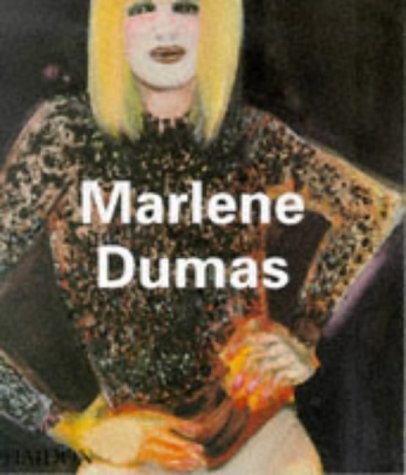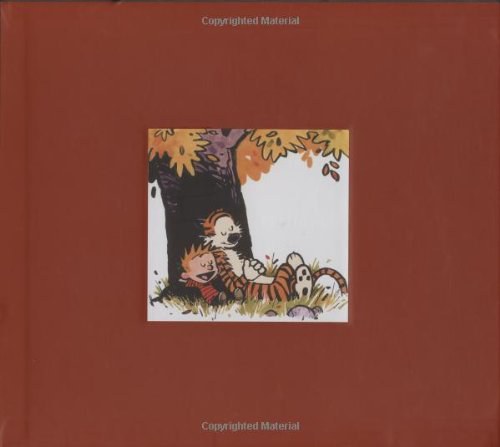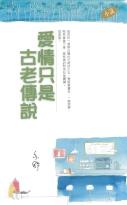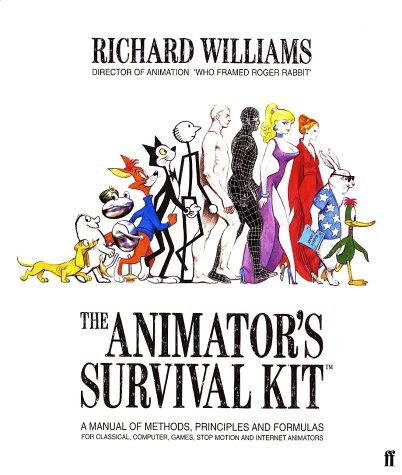
Edwin Hutchins《Cognition in the Wild (Bradford Books)》
书刊介绍
内容简介
Edwin Hutchins combines his background as an anthropologist and an open ocean racing sailor and navigator in this account of how anthropological methods can be combined with cognitive theory to produce a new reading of cognitive science. His theoretical insights are grounded in an extended analysis of ship navigation - its computational basis, its historical roots, its social organization, and the details of its implementation in actual practice aboard large ships. The result is an unusual interdisciplinary approach to cognition in culturally constituted activities outside the laboratory - "in the wild."
Hutchins examines a set of phenomena that have fallen in the cracks between the established disciplines of psychology and anthropology, bringing to light a new set of relationships between culture and cognition. The standard view is that culture affects the cognition of individuals. Hutchins argues instead that cultural activity systems have cognitive properties of their own that are different from the cognitive properties of the individuals who participate in them. Each action for bringing a large naval vessel into port, for example, is informed by culture: the navigation team can be seen as a cognitive and computational system.
Introducing Navy life and work on the bridge, Hutchins makes a clear distinction between the cognitive properties of an individual and the cognitive properties of a system. In striking contrast to the usual laboratory tasks of research in cognitive science, he applies the principal metaphor of cognitive science - cognition as computation (adopting David Marr's paradigm) - to the navigation task. After comparing modern Western navigation with the method practiced in Micronesia, Hutchins explores the computational and cognitive properties of systems that are larger than an individual. He then turns to an analysis of learning or change in the organization of cognitive systems at several scales.
Hutchins's conclusion illustrates the costs of ignoring the cultural nature of cognition, pointing to the ways in which contemporary cognitive science can be transformed by new meanings and interpretations.
A Bradford Book
相关推荐
-

北海道漫步
《北海道漫步》内容简介:作为近年来热门的旅行目的地,北海道以其独特的自然风貌及冰雪景观吸引着世界各地的旅行者。本书从北海道
-

新编中文版Photoshop CS6标准教程-(含1CD)
新编中文版Photoshop CS6标准教程-(含1CD) 本书特色 Photoshop是由Adobe公司开发的图形图像软件,它是一款功能强大、使用范围广泛的图...
-

《Kinect人机交互开发实践》书籍《Kinect人机交互开发实践》
吴国斌博士,PMP,微软亚洲研究院学术合作经理,负责中国高校及科研机构KinectforWindows学术合作计划及微软精英大挑战Kinect主题
-

Rosalind W·Picard《Affective Computing》
Thelatestscientificfindingsindicatethatemotionsplayanessentialroleindecisionmaki...
-

R图形化数据分析
R图形化数据分析 本书特色 本书介绍如何使用图形化的方法来分析和理解复杂的数据,该方法突出数据中重要的关联和分布趋势,并使用尽可能简单的视觉元素来呈现尽可能丰富...
-

《信号与系统(上册)》书籍《信号与系统(上册)》
《信号与系统(上册)(第2版)》是1981年出版《信号与系统》(高等教育出版社出版)的修订版。本版与第一版的结构层次大体相同,仍然
-

呵护女性生殖健康
《呵护女性生殖健康》内容简介:妇科、产科误区和疾病无声无息地困扰着广大女性朋友,严重伤害了女性健康,甚至损害了女性的生殖能
-
![[法] Christian Dior《迪奥的时尚笔记》](http://oss.shudanhao.com/caiji/chazidian/2023/37416.jpg)
[法] Christian Dior《迪奥的时尚笔记》
《迪奥的时尚笔记》是迪奥先生一生对于时尚的思考与记录,也是迪奥先生关于自己时尚观点的总结,他用一段段平实有趣的小短文阐述
-

购房活地图王佳教你如何买二手房
《购房活地图王佳教你如何买二手房》内容简介:本书紧扣“帮购房者解决购买二手房中难题”这一宗旨,采用问答的形式,扫描购买二手
-

APDL参数化有限元分析技术及其应用实例
APDL参数化有限元分析技术及其应用实例 本书特色 本书主要适合于已掌握基本操作的ANSYS初级用户和部分中、高级用户,是一本学习APDL的技术资料,也是灵活掌...
-

扶贫志
《扶贫志》内容简介:本书为反映决战脱贫攻坚重大主题的长篇报告文学,作品以精准扶贫首倡地花垣县为切入点,辐射具有典型意义的扶
-

《室内分布系统规划与设计》书籍《室内分布系统规划与设计》
《室内分布系统规划与设计:GSM/TD-SCDMA/TD-LTE/WLAN》介绍了GSM/TD—SCDMA/WLAN/TD—LTE四网融合室内分布系统的基本原理...
-

Python可以这样学
Python可以这样学 本书特色 全书共分16章,对Python内部工作原理进行了一定深度的剖析,99%以上的案例代码使用Python 3.5.1实现,也适用于...
-

杰西卡·哈吉《其实你也可以很有趣》
这本鼓舞人心的指南结合新鲜简洁的生活经验,用一两句话和看似简单的图表曲线,教你怎样才能活得更加丰富多彩。书中鼓励你小小地
-

精嵌入式Linux编程
精嵌入式Linux编程 本书特色 《精通嵌入式Linux编程:构建自己的GUI环境》是由北京航空航天大学出版社出版的。精嵌入式Linux编程 内容简介 本书针对...
-

FoxPro 6.0项目案例导航(含光盘)
FoxPro 6.0项目案例导航(含光盘) 内容简介 本书分为两大部分。**部分可视化教程:以教学讲解的方式详细剖析应用系统各界面和主要环节的制作,读者将**部...
-

中国经学史十讲
《中国经学史十讲》内容简介:“经”原先只是指代一种纺织工艺,在漫漫历史长河中,其逐渐变成了唯指孔子亲授的儒家五经的专称。朱
-

《李永铨与设计二十年》书籍《李永铨与设计二十年》
李永铨/TommyLi香港设计师、AGI会员李永诠-香港著名设计师,与刘小康、余志光、吴秋全、陈超宏...等同为第三代设计师,其大胆、
-

《数字传播——交互与影像设计》书籍《数字传播——交互与影像设计》
本书针对媒体、通讯、传感等信息技术发展的需要,提出在未来的数字传播中,影像技术与交互设计将成为设计学科中重要的学习内容。
-

我在清华等你来(第四辑)
《我在清华等你来(第四辑)》内容简介:百年清华,莘莘学子心向往之!清华学生无疑是同龄人中的佼佼者,鲜花绽放的背后是长期的积





